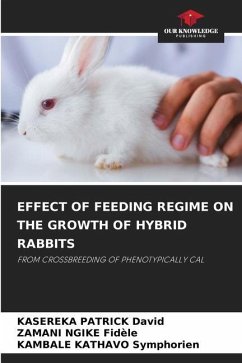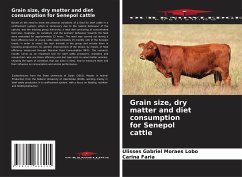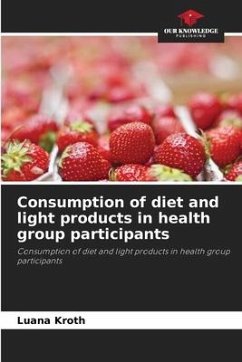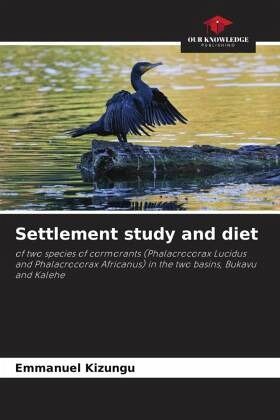
Settlement study and diet
of two species of cormorants (Phalacrocorax Lucidus and Phalacrocorax Africanus) in the two basins, Bukavu and Kalehe
Versandkostenfrei!
Versandfertig in 6-10 Tagen
29,99 €
inkl. MwSt.

PAYBACK Punkte
15 °P sammeln!
The study of population and diet of two species of cormorants (Phalacrocorax lucidus and Phalacrocorax africanus) in the two Basins (Bukavu and Kalehe). Four sites were chosen for data collection in the two basins (MWIRUNGA, MUGERI, MUHUMBA and HAMSAR). The method of observation with the naked eye or using a pair of binoculars was used for the counting of cormorants, the collection of discarded prey for the diet. This study made it possible to count 26,242 cormorants including 17,217 great cormorants (P. lucidus) and 9,025 little cormorants (P. africanus). Great cormorants are the most abundan...
The study of population and diet of two species of cormorants (Phalacrocorax lucidus and Phalacrocorax africanus) in the two Basins (Bukavu and Kalehe). Four sites were chosen for data collection in the two basins (MWIRUNGA, MUGERI, MUHUMBA and HAMSAR). The method of observation with the naked eye or using a pair of binoculars was used for the counting of cormorants, the collection of discarded prey for the diet. This study made it possible to count 26,242 cormorants including 17,217 great cormorants (P. lucidus) and 9,025 little cormorants (P. africanus). Great cormorants are the most abundant at Lake Kivu with (65.6%) compared to small cormorants with (34%). The Kalehe Basin is richer in individuals, however the Mwirunga site is numerically the most represented for both species and the Muhumba site occupies the last position. The most consumed prey in these two basins are made up of 78% Haplochromis spp, 15% Limnothrissa miodon, 6% Tilapia niloticus and crabs come in last position with 1%.




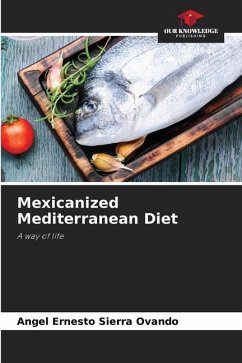
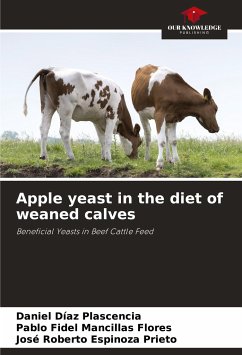

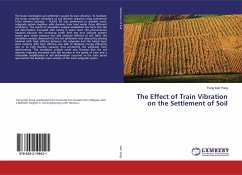
![Reports of Tenant Farmers' Delegates on the Dominion of Canada as a Field for Settlement [microform] Cover Reports of Tenant Farmers' Delegates on the Dominion of Canada as a Field for Settlement [microform]](https://bilder.buecher.de/produkte/66/66122/66122961n.jpg)
